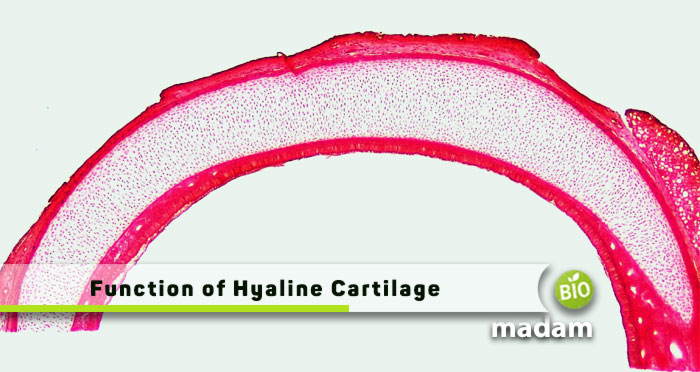
Function of Hyaline Cartilage
Humans are complex organisms with numerous tissues and organs making up their anatomy and physiology. The skeletal system is one of the most critical elements… Read More »Function of Hyaline Cartilage

Humans are complex organisms with numerous tissues and organs making up their anatomy and physiology. The skeletal system is one of the most critical elements… Read More »Function of Hyaline Cartilage
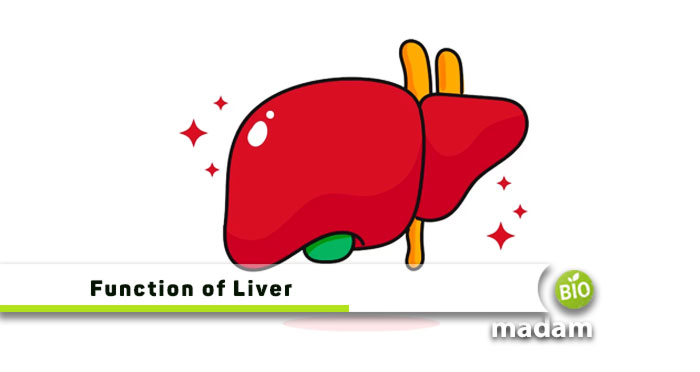
There are different types of eukaryotic organisms surrounding our habitat and ecosystem, with human beings being the prominent ones. A human body is composed of… Read More »Function of your Liver
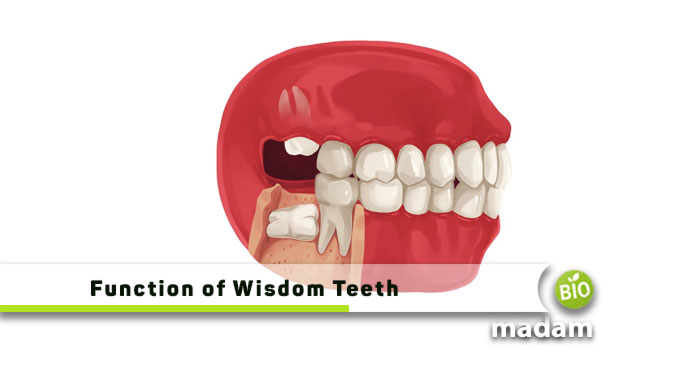
Around 53% of the population has at least one wisdom tooth. It shows that all humans do not have wisdom teeth. If you think that… Read More »Functions of Wisdom Teeth
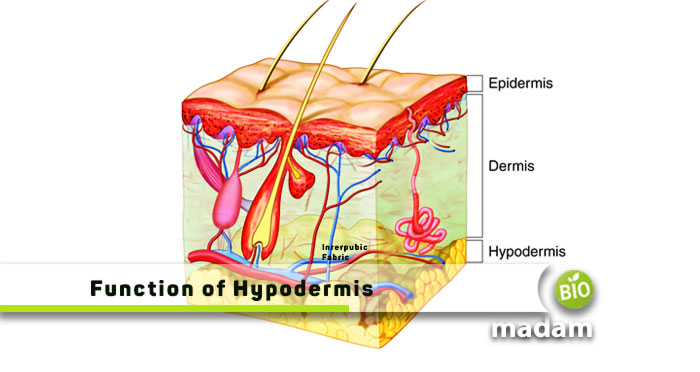
The skin is the largest organ of the human anatomy in size. It protects the underlying skeleton from external elements. When hurt, the fat cells… Read More »Function of Hypodermis
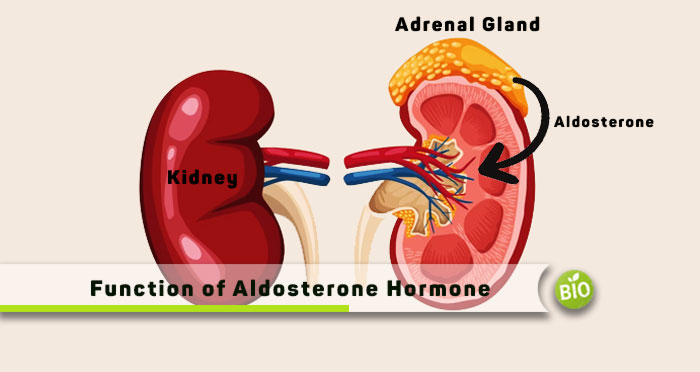
The endocrine and exocrine glands produce hormones that contribute to different bodily functions. Each contributes to a specific job, from the thyroid gland to the… Read More »Function of Aldosterone Hormone
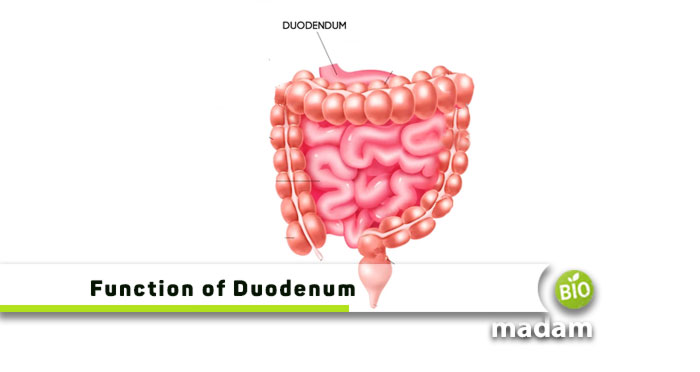
The human body is composed of trillions of cells that combine to make tissues responsible for the working of major organs. Thus, your body comprises… Read More »Function of Duodenum
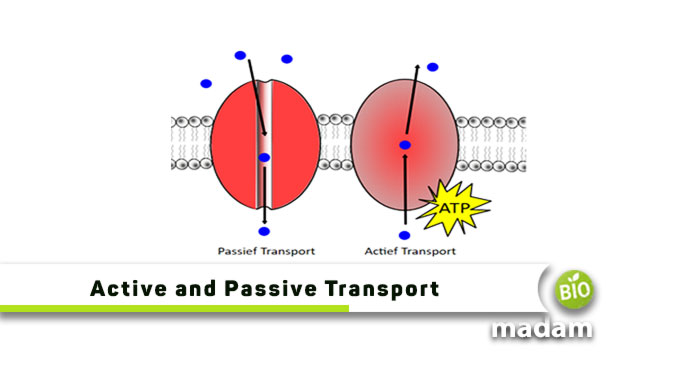
Cellular transport is a critical function in eukaryotes and prokaryotes. It allows the movement of molecules and cellular components from one part to another. Most… Read More »Difference between Active and Passive Transport
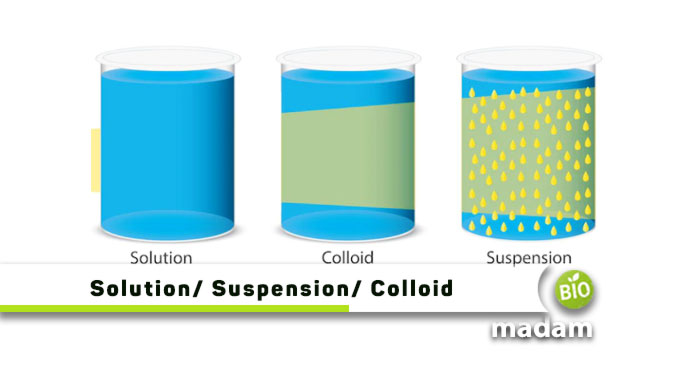
Solutions, suspensions, colloids, mixtures, liquids, and aqueous are commonly heard terms in physics and chemistry. Understanding the unique properties of all these different substances helps… Read More »Difference between Solution, Suspension, and Colloid
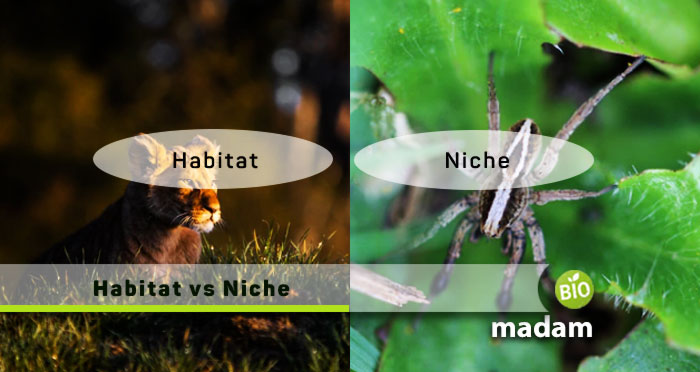
When discussing our environment, communities, ecosystems, ecologies, habitats, and niches are important words which are often confused and inter-used. However, in some situations, these terms… Read More »Difference between Habitat and Niche
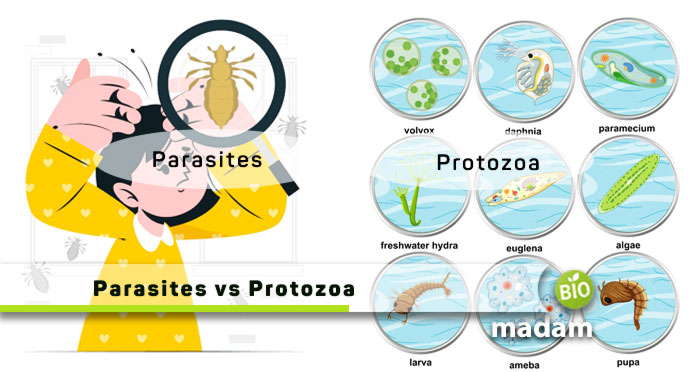
Parasites and protozoans are common terms you must have heard in microbiology, but do not confuse both. The protoza and parasite differences are studied in… Read More »Difference between Parasite and Protozoa
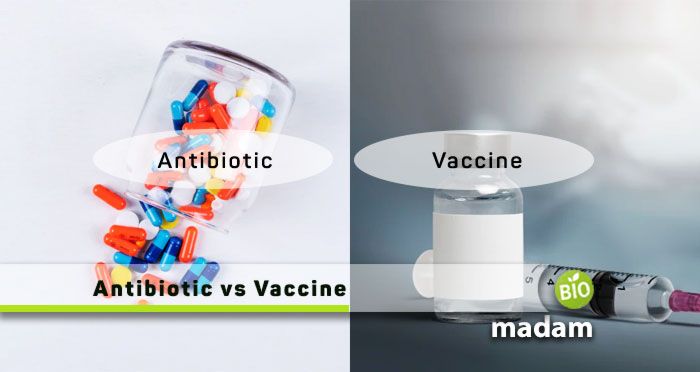
Vaccines and antibiotics are essential to protect against diseases and help maintain good health. People have been using them for decades to prevent and treat… Read More »Difference between Antibiotics and Vaccines
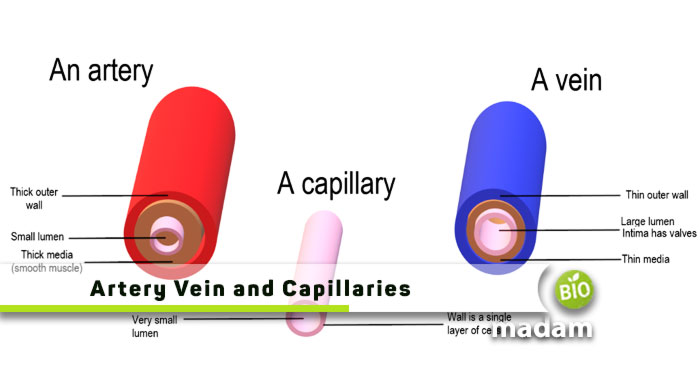
The circulatory system is essential to our body’s anatomy and physiology. The blood is the body’s most abundant and critical fluid, comprising white blood cells,… Read More »Difference between Arteries, Veins, and Capillaries
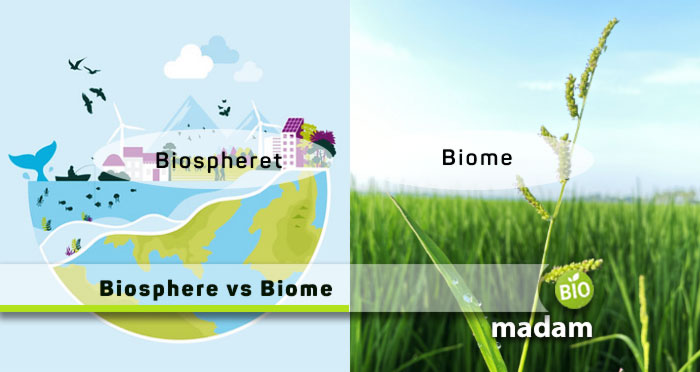
Ecology, biomes, and biosphere are common terms when discussing our surroundings. Researchers in biology, ecology, and environmental sciences study these different aspects to understand the… Read More »Difference between Biosphere and Biome
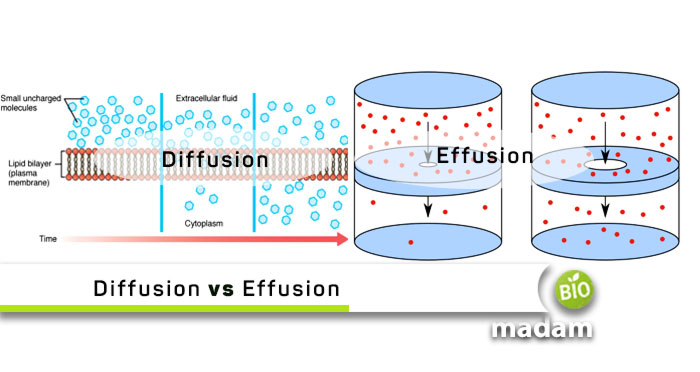
Our biomes and ecosystems comprise different processes like photosynthesis, chemosynthesis, osmosis, evaporation, transpiration in plants, etc. Diffusion and effusion are two such processes occurring within… Read More »Difference between Diffusion and Effusion
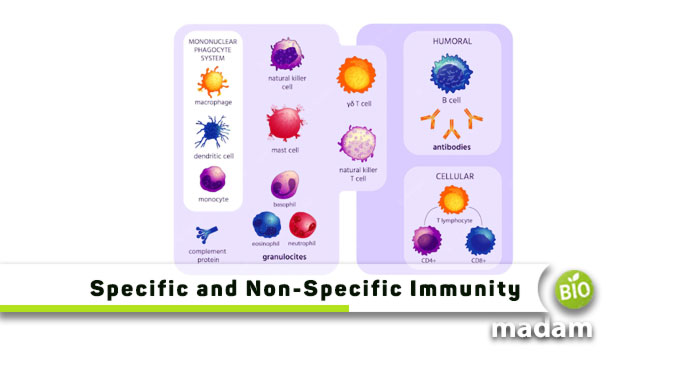
The immune system plays a fundamental role in protecting the body against antigens and pathogens. Various antibodies work together to fight off the disease-causing pathogens… Read More »Difference between Specific and Non-Specific Immunity
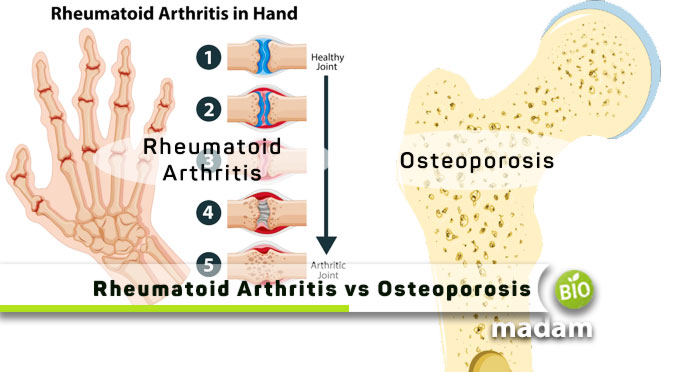
Macro and micronutrients help your body stay in shape and facilitate body processes. Calcium is one such important nutrient that contributes to bone development and… Read More »Difference between Rheumatoid Arthritis and Osteoporosis
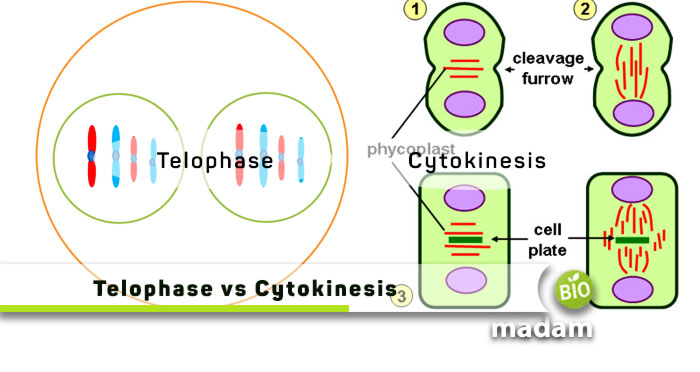
All living organisms go through replication and division processes like mitosis and meiosis. Mitosis is responsible for cell generation and regeneration for body growth and… Read More »Difference between Telophase and Cytokinesis
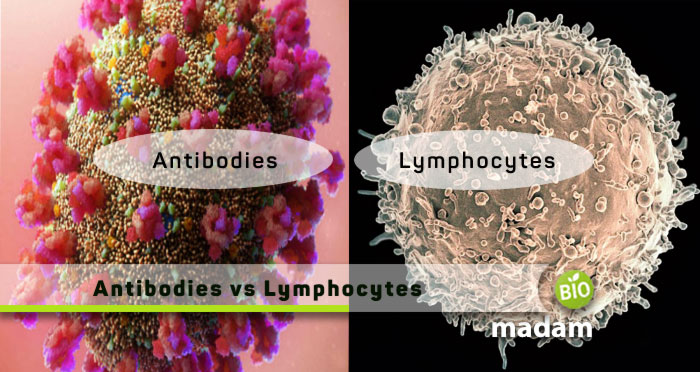
Antibodies are essential to immunity, and so are lymphocytes. They contribute to protecting the body from infections and diseases by keeping the infection-causing agents away.… Read More »Difference between Antibodies and Lymphocytes
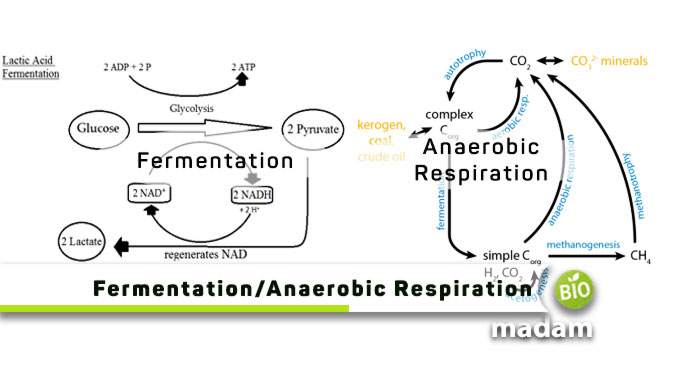
Fermentation and anaerobic respiration take place in both eukaryotic and prokaryotic organisms. Despite the occurrence of these processes in all cells, the location and mechanism… Read More »Difference between Fermentation and Anaerobic Respiration
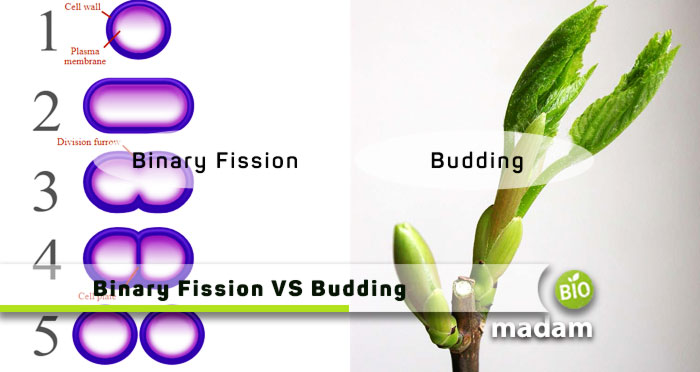
Prokaryotes and eukaryotes utilize sexual or asexual reproduction methods to reproduce and multiply. Prokaryotes widely reproduce through asexual reproduction. On the other hand, eukaryotic cells… Read More »Difference between Binary Fission and Budding
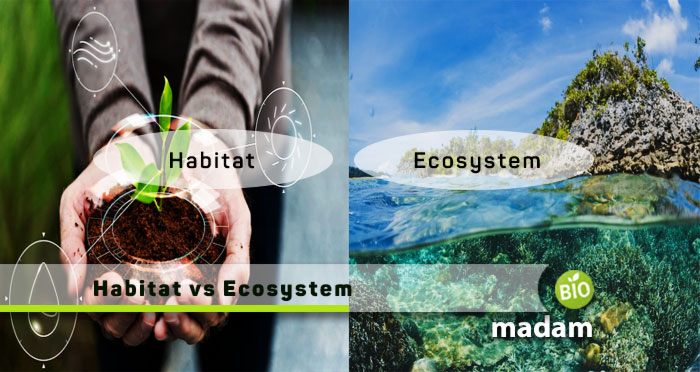
Habitats, communities, and ecosystems together make up the landscape and contribute to numerous types of ecology. Habitat refers to an area where an organism lives.… Read More »Difference between Habitat and Ecosystem
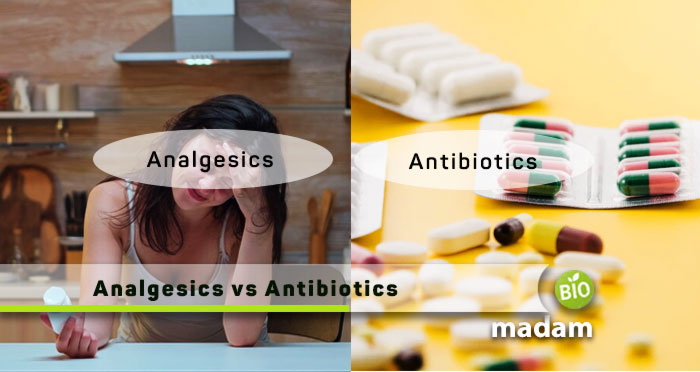
Doctors often prescribe analgesics and antibiotics when probiotics fail to help your body. These drugs are used to treat different infections and diseases. Analgesics act… Read More »Difference between Antibiotic and Analgesic
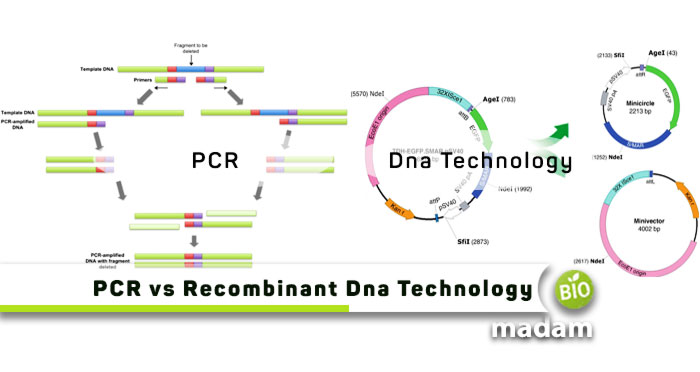
There are numerous vaccines discovered to date that have served the purpose of saving lives. Similarly, you might have seen human insulin and similar medications… Read More »Difference Between PCR and Recombinant DNA Technology
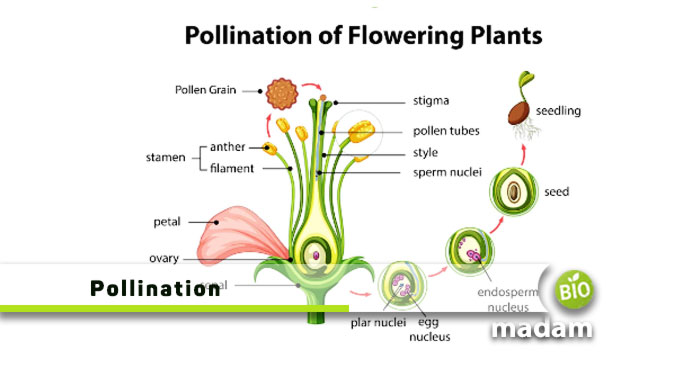
Reproduction is an important part of an organism’s lifecycle, whether sexual or asexual. While animals reproduce by fertilizing an egg with sperm through mating, pollination… Read More »Difference between Self Pollination and Cross Pollination
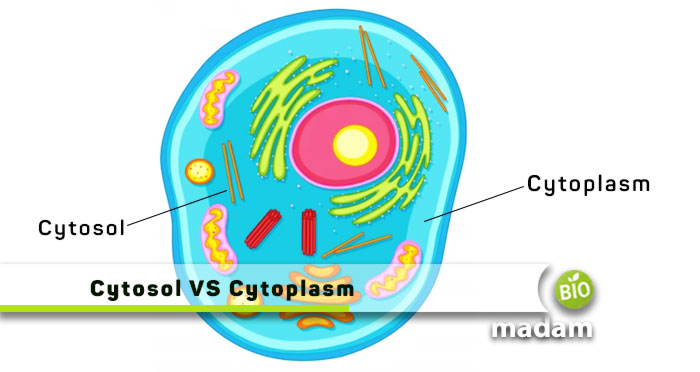
The cell is the basic unit of the human body, comprising different elements that contribute to normal body anatomy and physiology. Most components of the… Read More »Difference between Cytosol and Cytoplasm
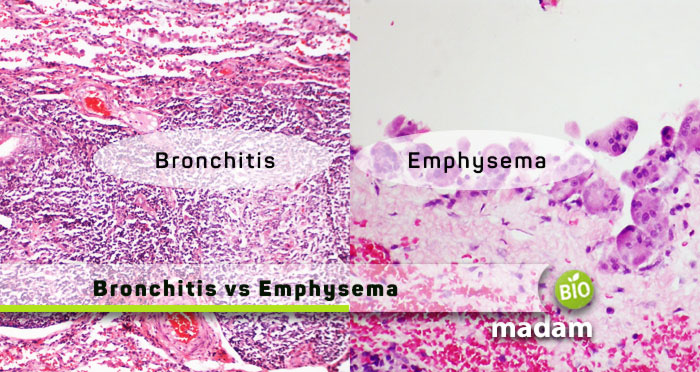
Chronic bronchitis and emphysema are among the most common respiratory diseases and disorders besides asthma and COPD. They lead to inflammation and airway obstruction, causing… Read More »Difference between Chronic Bronchitis and Emphysema
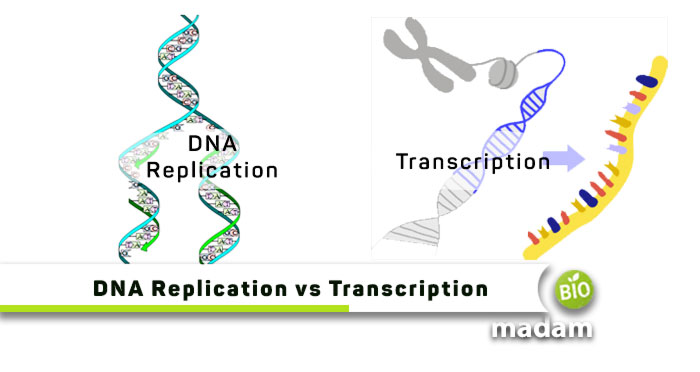
DNA and RNA are the basic components of nucleic acid that are vital to eukaryotes and prokaryotes. They contribute to development and reproduction by synthesizing… Read More »Difference between DNA Replication and Transcription
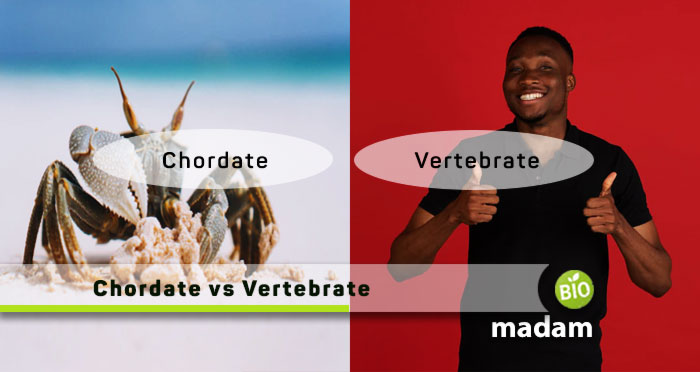
Chordates and vertebrates belong to the kingdom Animalia and comprise eukaryotic cells. They are heterotrophic organisms like other animals and act as consumers in the… Read More »Difference between Chordate and Vertebrate
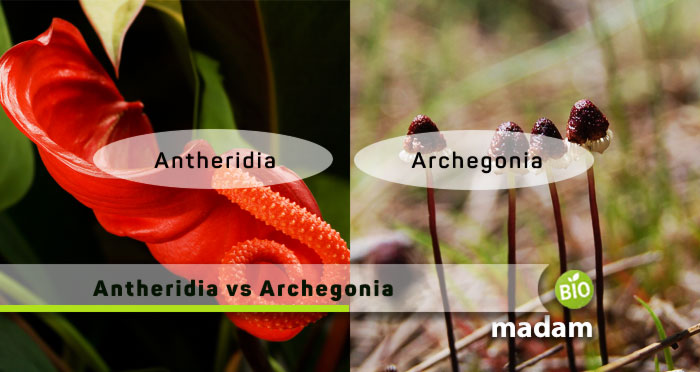
Bryophytes and pteridophytes are lesser-known plant categories besides the well-known gymnosperms and angiosperms. These plant groups include ferns and mosses, which differ from shrubs, bushes,… Read More »Difference between Antheridia and Archegonia
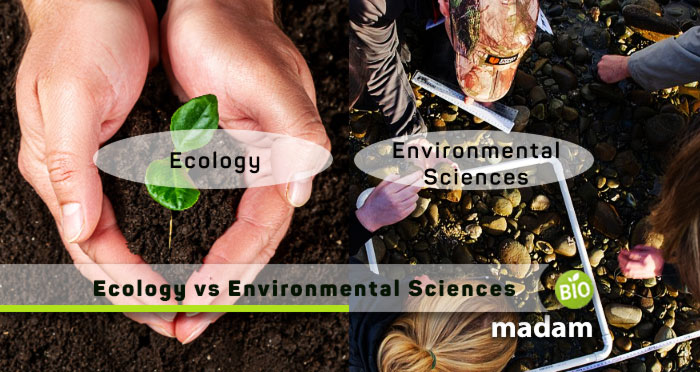
Our environment comprises different niches, habitats, biomes, and ecosystems. All these systems contain biotic and abiotic components contributing to the natural function of the environment… Read More »Difference Between Ecology and Environmental Sciences